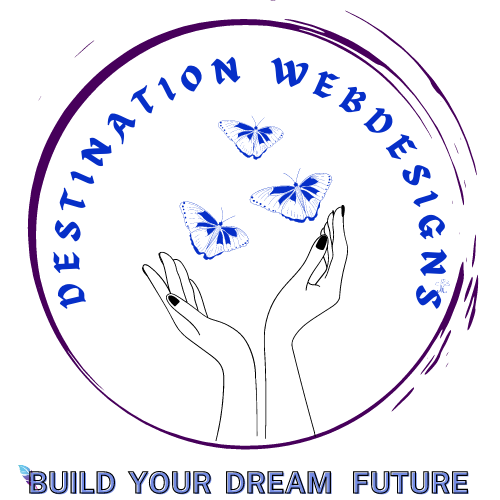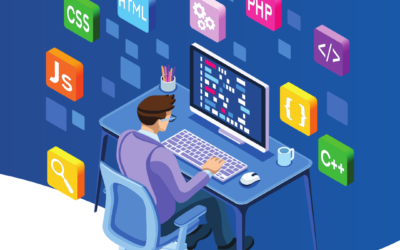IS AI A THREAT OR AN ALLY TO DESIGNERS
AI, or artificial intelligence, is a technology that allows machines to learn and
improve their performance without being explicitly programmed. It involves using
algorithms and data to simulate human intelligence and decision-making processes. AI can
apply to various industries and tasks, including Web Design, Web Development, Graphic
Design, and more.
BENEFIT OF AI
One of the enormous benefits of AI is its ability to improve efficiency and accuracy in various
industries. With AI, machines can perform tasks faster and with greater precision than humans, reducing the
risk of errors and increasing productivity. Additionally, AI can analyze large amounts of data and provide
valuable insights that would be difficult for humans to identify independently. AI can lead to better decision-
making and improved Web Design, Web Development, Graphic Design, and more outcomes. Overall, AI has
the potential to revolutionize the way we live and work, making our lives easier, safer, and more productive.
AI IS A THREAT TO HUMANS OR NOT
There is much debate about whether AI is a threat to humans or not. While some experts warn
of the potential dangers of AI, others argue that it has the potential to benefit society greatly. Ultimately, the
impact of AI on humanity will depend on how it is developed and implemented. If we use AI responsibly and
ethically, there is no reason to believe it will significantly threaten human safety or well-being.
BENEFITS OF AI FOR THE DESIGN INDUSTRY
Web design is an industry that could greatly benefit from using AI. With its ability to analyze
data and make predictions, AI could help designers create more effective websites that meet users’ needs
better. For example, AI could analyze user behavior and suggest website layout or functionality changes to
improve user experience. Additionally, AI could automate repetitive tasks, freeing designers to focus on more
creative work. As with any technology, using AI responsibly and ethically is essential to ensure it does not
threaten human safety or well-being. However, if used correctly, AI has the potential to significantly enhance
the web design industry and improve the online experience for users.
You may grapple with various challenges as a graphic designer, from selecting the proper color
schemes to creating compelling layouts. Fortunately, AI can be a valuable tool in your toolkit, helping you
streamline your workflow and produce better results in less time. For example, AI-powered software can
analyze your design choices and suggest improvements based on best practices and user preferences. It can
also automate repetitive tasks like resizing images or formatting text, freeing your time to focus on more
creative work. Incorporating AI into your design process can help you work more efficiently and effectively,
ultimately leading to better outcomes for your clients and your career.
I wholeheartedly agree! AI technology has immense potential to
assist humans in various domains, ranging from graphic design to
healthcare and education. Working in tandem with humans, AI can enable
us to achieve our objectives more efficiently and effectively.
Nevertheless, we must always be aware of AI's potential risks and
limitations and utilize it ethically and responsibly. Ultimately, our
aim should be to establish a seamless relationship between humans and
AI, where both can reap the benefits and prosper...






Hey! Quick question that’s totally off topic. Do you know how to make your site mobile friendly? My web site looks weird when viewing from my apple iphone. I’m trying to find a template or plugin that might be able to resolve this problem. If you have any suggestions, please share. Appreciate it!
1. Use a responsive web design framework: Frameworks like Bootstrap, Foundation, and Materialize can help you create a responsive website without having to start from scratch.
2. Use media queries: By using media queries, you can adjust the layout and other elements of your website to fit different screen sizes.
3. Use fluid layouts: Instead of fixed widths, use percentages or ems to create fluid layouts that can adapt to different devices.
4. Optimize images: Large images can slow down your website, so use image compression tools to reduce file sizes and speed up your site.
5. Test your website: Make sure your site is responsive and works well on different devices by using tools like Google’s Mobile-Friendly Test.
I hope these tips help you make your website more responsive and enjoyable for your visitors.